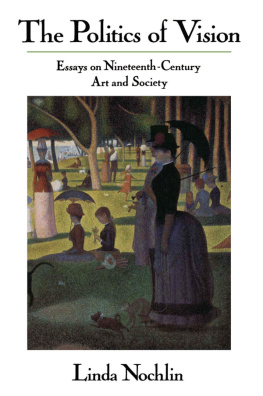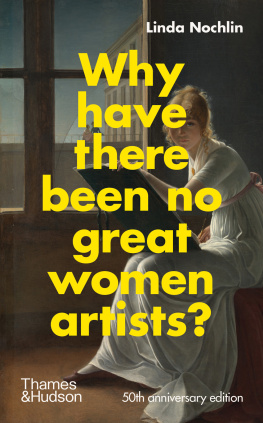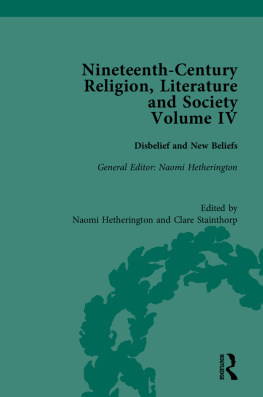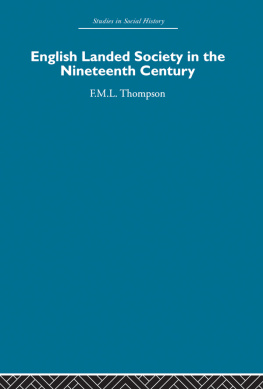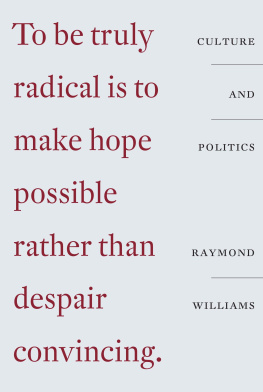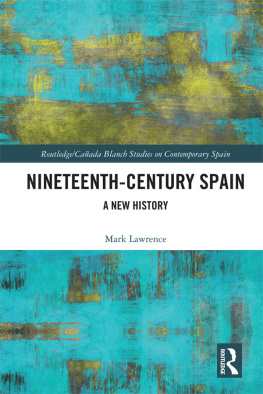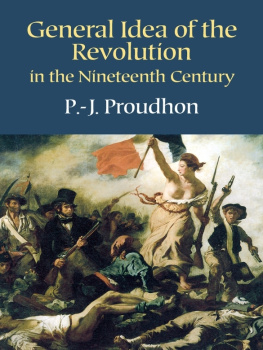Nochlin - The politics of vision: essays on nineteenth - century art and society
Here you can read online Nochlin - The politics of vision: essays on nineteenth - century art and society full text of the book (entire story) in english for free. Download pdf and epub, get meaning, cover and reviews about this ebook. City: New York, year: 1991;1989, publisher: Taylor & Francis (CAM);Harper & Row, genre: Detective and thriller. Description of the work, (preface) as well as reviews are available. Best literature library LitArk.com created for fans of good reading and offers a wide selection of genres:
Romance novel
Science fiction
Adventure
Detective
Science
History
Home and family
Prose
Art
Politics
Computer
Non-fiction
Religion
Business
Children
Humor
Choose a favorite category and find really read worthwhile books. Enjoy immersion in the world of imagination, feel the emotions of the characters or learn something new for yourself, make an fascinating discovery.
- Book:The politics of vision: essays on nineteenth - century art and society
- Author:
- Publisher:Taylor & Francis (CAM);Harper & Row
- Genre:
- Year:1991;1989
- City:New York
- Rating:3 / 5
- Favourites:Add to favourites
- Your mark:
- 60
- 1
- 2
- 3
- 4
- 5
The politics of vision: essays on nineteenth - century art and society: summary, description and annotation
We offer to read an annotation, description, summary or preface (depends on what the author of the book "The politics of vision: essays on nineteenth - century art and society" wrote himself). If you haven't found the necessary information about the book — write in the comments, we will try to find it.
Nochlin: author's other books
Who wrote The politics of vision: essays on nineteenth - century art and society? Find out the surname, the name of the author of the book and a list of all author's works by series.
The politics of vision: essays on nineteenth - century art and society — read online for free the complete book (whole text) full work
Below is the text of the book, divided by pages. System saving the place of the last page read, allows you to conveniently read the book "The politics of vision: essays on nineteenth - century art and society" online for free, without having to search again every time where you left off. Put a bookmark, and you can go to the page where you finished reading at any time.
Font size:
Interval:
Bookmark:
First published 1989 by Westview Press
Published 2018 by Routledge
711 Third Avenue, New York, NY 10017, USA
2 Park Square, Milton Park, Abingdon, Oxon OX14 4RN
Routledge is an imprint of the Taylor & Francis Group, an informa business
THE POLITICS OF VISION. Copyright 1989 by Linda Nochlin
All rights reserved. No part of this book may be reprinted or reproduced or utilised in any form or by any electronic, mechanical, or other means, now known or hereafter invented, including photocopying and recording, or in any information storage or retrieval system, without permission in writing from the publishers.
Notice:
Product or corporate names may be trademarks or registered trademarks, and are used only for identification and explanation without intent to infringe.
FIRST EDITION
Designed by Barbara DuPree Knowles
Library of Congress Cataloging-in-Publication Data
Nochlin, Linda.
The politics of vision:essays on nineteenth-century art and society/by Linda Nochlin. 1st ed.
p. cm. (Icon editions)
Includes index.
ISBN 0-06-435854-2; isbn 0-06-430187-7 (pbk.)
1. Art and societyHistory19th century. 2. Art and stateHistory19th century. 3. Art, Modern19th century. I. Title.
N72.S6N63 1989
89-45055
701. 0309034dc20
ISBN 13: 978-0-06-430187-9 (pbk)

Also by Linda Nochlin
Women, Art, and Power and Other Essays
There are many people I would like to thank for their help, their criticism, and for their ideas and information. I believe that art history, like any scholarly discipline, is basically a communal enterprise, and that every new step is inextricably bound to pre-existing discourse, whether the intention is to continue in a previously established direction, to supersede it, or to contradict and displace it. Perversely, some of those who have been most helpful to me in formulating my own ideas are those with whom I most stronglyeven violentlydisagree; I find working against a particular conceptual position both anxiety-provoking and invigorating. Nevertheless, the people I am about to thank are mostly those with whom I am in general agreement. These include Eunice Lipton, Rosalyn Krauss, Douglas Crimp, Robert Herbert, Kirk Varnedoe, Miramar Benitez, Michel Melot, Pierre Georgel, Sarah Faunce, Beatrice Farwell, Albert Boime, Carol Zemel, Stephen Eisenman, Carol Duncan, Carol Ockman, Susan Rossen, Rosalyn Deutsche, and finally, Abigail Solomon-Godeau, who offered wise counsel in the preparation of the introduction. The exemplary intellectual courage and originality of British feminist scholars like Griselda Pollock, Lisa Tickner, Tamar Garb, and Kathleen Adler must be acknowledged with deep gratitude. I should like to make special mention of the unfailing support and tactful suggestionsone could hardly use so harsh a term as criticismprovided by Elizabeth Baker, my good friend of thirty years, and my editor for almost as long. I should also like to thank Cass Canfield, Jr., of Harper & Row, for his patience and encouragement in the production of this book and the preceding volume, Women, Art, and Power and Other Essays. At Harper & Row, I would like to thank Keonaona Peterson as well. My husband and fellow art historian, Richard Pommer, has read through most of this material and provided me with the heartfelt reassurance I needed when I was downcast and a salutary sense of proportion when I rose too high on clouds of euphoria or self-importance. Finally, some words of gratitude are due to my graduate assistants at the City University of New York Graduate Center: Thomas Wojtas, Elizabeth Marcus, and Suzanne Ramljak.
Lon Frdric and The Stages of a Workers Life
About 1895, the Belgian painter Lon Frdric created a remarkable and ambitious triptych, The Stages of a Workers Life .]. At the same time, the triptych must be considered ambitious in the sense of being exhaustive in descriptive accuracy, for it is obsessively minute in its detail. Frdric conceives of pictorial truth as all-inclusive, right down to the defining proletarian detail of the tattoo on the bulging forearm of the bending navvy in the foreground of the left-hand panel. Yet impressive as it is, The Stages of a Workers Life is riddled with contradictionscontradictions, it must be added, that make it all the more interesting for the contemporary viewer. Here is a work, created late in the nineteenth century, that seems to look backward and forward with almost equal intensity: backward to Frdrics national heritageto Brueghel, Rubens, and Jordaensand to the more recent past of proletarian depiction: Courbet, Millet, Bastien-Lepage, and Ford Madox Brown. Yet at the same time, the Workers Life triptych seems to look ahead to both the subject matter and style of the murals of the New Deal, to the techniques of Magic Realism, and even to the obsessive-compulsive vision of Surrealism. Then, too, this is a work that seems at once to be prototypically secular in its fixation on material detail, the defining particularities of texture, light, and surface, as well as in its socially conscious theme, and yet at the same time suggests the religious
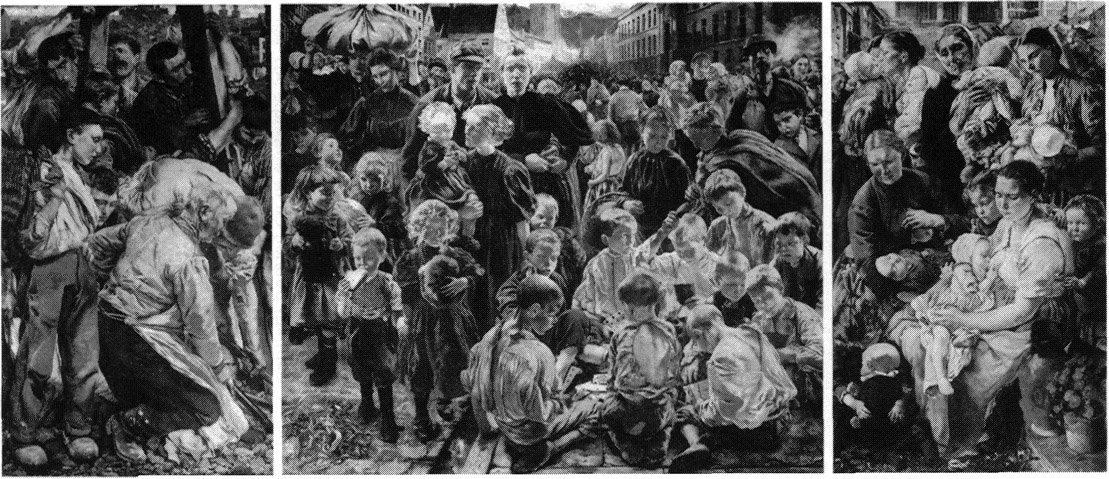
. Lon Frdric, The Stages of a Workers Life , c. 1895, Paris, Musee dOrsay
in its symbolic overtones, its mysterious heightening of effect, and in its very format: the triptych is traditionally associated with Christian art. Still another interesting contradiction: the work is at once linear in the definition of its contours yet fluid and painterly in its coloration. Looking at The Stages of a Workers Life , one is tempted to paraphrase Cezannes aphorism about making Impressionism something solid and durable like the art of the museums. Frdric seems to have wanted to make of Realism something solid and durablelike the art of the churches, perhaps, more than that of the museumsbut in both cases, it is the monumental impulse, the ambition to go beyond the mere recording of everyday experience, that is striking.
The Stages of a Workers Life is far from occupying a unique place in its creators oeuvre. Lon Frdric (18561940), who was once the best-known painter in Belgium,
Frdric himself had turned to the triptych form as early as 188183 in his monumental Chalk Vendors [] (now in the Muses royaux des Beaux-Arts, Brussels). Here, the artist plays the synchronic unity of the three-part structure against the implied diachronicity of his subject: the working day of a poor family. The figures are represented in the left-hand panel setting out for work in the morning, coming toward the spectator, and, on the right, returning to their hovel in the evening, with their backs turned to the viewer. In the central panel, the family is depicted as it gathers for the midday meal on the outskirts of Brussels, whose buildings mark the farthest margins of the background. Seated on the ground, their feet thrust before them, the ragged group (with the notable exception of the tired mother and her crying toddler) clasp their hands in prayer, in a sort of plein-air version of the Potato Eaters. All the paraphernalia of poverty-painting are present: bare, dirty feet; broken crockery; and awkward poses, but they are brought to life somehow by the way the textures of the worn-out objects, their surfaces roughened or softened with wear, and the crude and individuated structure of hand-wrought containers and utensils, are lovingly discriminated by the artist, as are the stones and weeds on the ground beneath these social outcasts. Each panel suggests one of the times of day; the triptych as a whole, the unending round of hopeless drudgery that is the lot of the lumpen Proletariat. Frdric weaves together a certain compassionate reminiscence of the traditional motif of the Rest on the Flight into Egypt with a lyrical sense of color, light, and differentiated texturewicker, wood, use-worn cloth or cast ironand a keen sense of the realities of contemporary desperation, caught in the awkward angles of poses, the snuffly faces of the children, the vulnerable, bald head of the father and his withered, sickly features. Ultimately, it is difficult to decide whether the biblical precedent constitutes a kind of effort on Frdrics part to soften and diffuse the revolutionary potential of his material, or whether, as seems more likely, it exists as an ironic foil to the grim actualities of present-day marginal existence.
Font size:
Interval:
Bookmark:
Similar books «The politics of vision: essays on nineteenth - century art and society»
Look at similar books to The politics of vision: essays on nineteenth - century art and society. We have selected literature similar in name and meaning in the hope of providing readers with more options to find new, interesting, not yet read works.
Discussion, reviews of the book The politics of vision: essays on nineteenth - century art and society and just readers' own opinions. Leave your comments, write what you think about the work, its meaning or the main characters. Specify what exactly you liked and what you didn't like, and why you think so.

